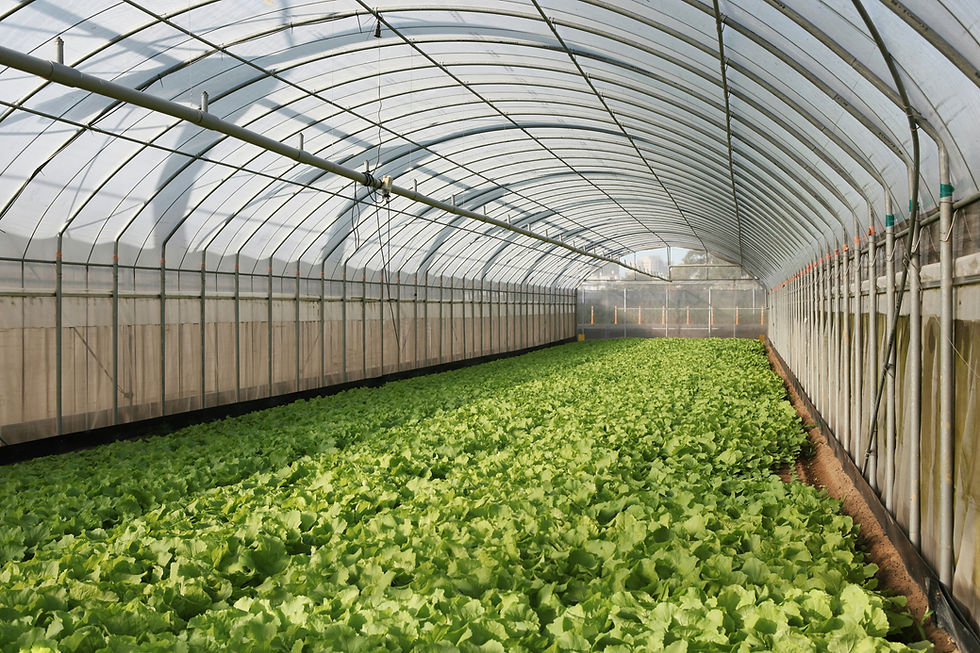What to ask in a Survey for landscaping projects?
- contactbanabhoomi
- Mar 12
- 4 min read
In this article

What is a topography contour Survey?
A contour survey is a map that contains information about all existing features of your land, especially the topography. The topography is represented by contour lines - lines that connect points of equal elevation on the land.
However, there are other elements to request in a contour survey to ensure a thoughtful and ecologically sensitive approach, and to ensure that one can begin with a detailed map of all that exists on the ground:
Terrain and Topography
Boundaries and Perimeters
Water Features and Drainage
Built Structures
Vegetation Mapping
Access Roads and Pathways
Power Infrastructure
Field Bunds and Terracing
Wells and Water Sources
Rock outcrops
What is the purpose of the contour Survey?
Contouring creates a detailed map with contour lines showing areas of the same elevation, helping architects and engineers visualize site topography.
A contour survey uses closely spaced lines to show steep slopes and wider gaps for gentle slopes, making it easy to understand the land's vertical and horizontal shape.
By analyzing contours, you can predict water flow, identify areas prone to erosion, and find ideal spots for water collection, dams, and silt traps.
Elevation data is crucial for planning homes or buildings, and following the land's natural contours helps build cost-effective roads and tracks.
In agriculture, especially with tree crops like mangoes and avocados, planting along contours improves yield and prevents soil erosion.
Contour maps help calculate how much soil needs to be added or removed for construction, ensuring the land fits the engineering design.
They’re essential for site planning from foundation layout to building placement, vegetation management, drainage design, and retaining walls.
A single contour line can represent an elevation change, influencing construction decisions and site planning.
Characteristics of Contour Maps
Terrain and Topography
Understanding the land’s shape is crucial for design and planning. Contour lines are a key tool for this, representing elevation changes on a flat map. Ideal contour intervals include:
0.25-meter intervals — Best suited for small, intricate areas.
0.5-meter intervals — Offers detailed topographic clarity.
1-meter intervals — Suitable for larger expanses of land.
Pro tip: Extending contours beyond site boundaries helps visualize the surrounding landscape.

Boundaries and Perimeters
Defining property lines helps avoid disputes and ensures clarity. A boundary survey should include:
Clear, well-defined boundary lines.
Notes on unclear or contested sections.
Precise measurements of the total land area.
Fenced vs. unfenced edges (e.g., chain link, barbed wire, or open edges).

Water Features and Drainage
Water bodies play a vital role in land assessment. The survey should map both natural and man-made water sources, including:
Ponds and small streams
Rivers and wetlands
Springs and nalas (small drainage channels)
Tanks, depressions, and seasonal puddles

Built Structures
Any existing structures on the land should be logged, detailing:
Roof plans and floor plans (if available).
Measurements of the structure’s footprint.
Structure type — house, shed, staff quarters, barn, etc.
A map showing the primary structure with dimensions.
Vegetation Mapping
Vegetation offers insight into biodiversity, soil conditions, and even groundwater potential. A thorough survey includes:
Mature trees, shrubs, and grasslands.
Fruit or flowering orchards.
Species identification and plant density.
Tree girth measurements.
Canopy spread and ground cover extent.

Access Routes and Pathways
Mapping transportation routes ensures accessibility and aids in future planning. Key details to document include:
All nearby roads (paved or unpaved) with elevation data.
Road type — asphalt, concrete, gravel, dirt, etc.
Road width measurements.
On-site walking paths — width and surface type.

Power Infrastructure
Utility information is vital for design, safety, and infrastructure planning. Surveys should include:
Overhead power lines and utility poles.
Transformers and transmission towers, if present.

Field Bunds and Terracing
Existing earthworks, particularly artificial slopes or divisions, are essential to note, especially in agricultural or hilly areas. The survey should capture:
Field bunds — Raised soil ridges that help with water control.
Terraces — Man-made sloped sections that aid in land compartmentalization.
Tip: Designing with these features, alongside contour data, supports better water management and land stability.
Wells and Water Sources
Borewells and open wells remain important water sources. The survey should mark:
Borewell locations.
Open wells — Include depth and diameter measurements.

Borewells are indicated in red on the map.
Additional Site Features
To create a complete and thorough base map, it’s useful to include other notable land features:
Soil mounds and termite hills.
Tree stumps (remnants of large, cut trees).
Historic elements — old structures, shrines, or gravestones.
Utility lines — water, gas, or other infrastructure.
Land use of neighboring properties — orchards, farmland, forests, etc.
Nearby bus stops or other access points.
The more detailed the contour survey map, the clearer the land's layout becomes, making planning more straightforward. Essential features to include are boundaries, contour lines, trees, built structures, field bunds, terraces, power lines, roads, and rock outcrops. Additional site details can be recorded during on-site walks with the map in hand. To ensure flexibility in design work, the final survey should be available in both PDF and CAD formats.
At Banabhoomi, we specialize in full-service landscaping and can assist you in bringing your Landscaping vision to life. Our expert team will guide you through every stage, from the initial design to the final touches. Whether you need advice on plant selection, layout design, or garden maintenance, we’re here to help.
Don't wait to transform your Landscaping areas into a space you’ll love. Contact Banabhoomi Landscape & Design in Odisha for a consultation today. Your dream garden is just a phone call away!



